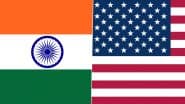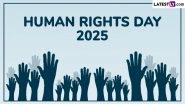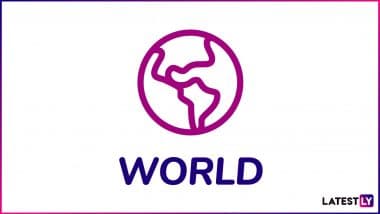Harare, Feb 22 (AFP) Zimbabwe started Friday to trade its new currency, the RTGS dollar, two days after the central bank announced measures to try and resolve a chronic monetary crisis.
On Wednesday, the bank unveiled a foreign exchange trading system that effectively devalued its quasi-currency, the bond note, which was officially pegged at parity with the US dollar.
"We have basically formalised what is happening. We have basically ensured that no one goes to buy currency from the parallel market," Reserve Bank of Zimbabwe governor John Mangudya said then.
At the start of the century, Zimbabwe regularly posted fiscal deficits it financed by printing money, which led to hyperinflation that wiped out personal savings, left shops empty and made it all but impossible to buy a tank of petrol or daily groceries.
Inflation peaked at 500 billion percent before the national currency was abandoned in 2009 in favour of the US dollar and other foreign currencies.
Abandoning its own currency ended inflation and brought some stability to the country but the supply of US dollar notes gradually dried up.
An attempt to introduce another currency in 2010, fell flat and the RTGS dollar represents the government's latest bid to have its own money.
"The trade has begun this morning," Mangudya told a meeting of business leaders in Harare on Friday.
The new currency replaces electronic bank savings called digital dollars and the bond notes and was named after the real time gross settlement (RTGS) system that banks use to transfer money between each other.
Mangudya said the currency was launched at an initial rate of 2.5 RTGS dollars per US dollar, "as per agreement with forex dealers in the banks".
On Wednesday, the street value was around four RTGS dollars per US dollar, and on Friday, a commercial bank in Harare, the pan-African Ecobank, was buying the US dollar at 2,439 RTGS dollars and selling the US currency at 2,5625 RTGS dollars.
The central bank wants to encourage domestic transactions in RTGS dollars and eliminate a multi-tier pricing system which has seen goods and services priced in both US dollars and bond notes.
Zimbabwe's economy has been on a new downturn since 2012, with high inflation and cash shortages that forced banks to cap withdrawals, forcing depositors to spend hours queueing to withdraw cash.
President Emmerson Mnangagwa, who succeeded long-time ruler Robert Mugabe following a brief military takeover in 2017, has vowed to revive the country's moribund economy.
In October the government slapped a two percent tax on all electronic transactions, triggering price hikes and shortages of fuel and basic commodities.
In January, official annual inflation shot to 57 percent from 42.09 percent in December 2018.
The same month, Mnangagwa announced that the price of fuel would more than double, sparking nationwide protests that left at least 17 people dead after soldiers were deployed to crush them. (AFP)
(The above story is verified and authored by Press Trust of India (PTI) staff. PTI, India’s premier news agency, employs more than 400 journalists and 500 stringers to cover almost every district and small town in India.. The views appearing in the above post do not reflect the opinions of LatestLY)













 Quickly
Quickly












